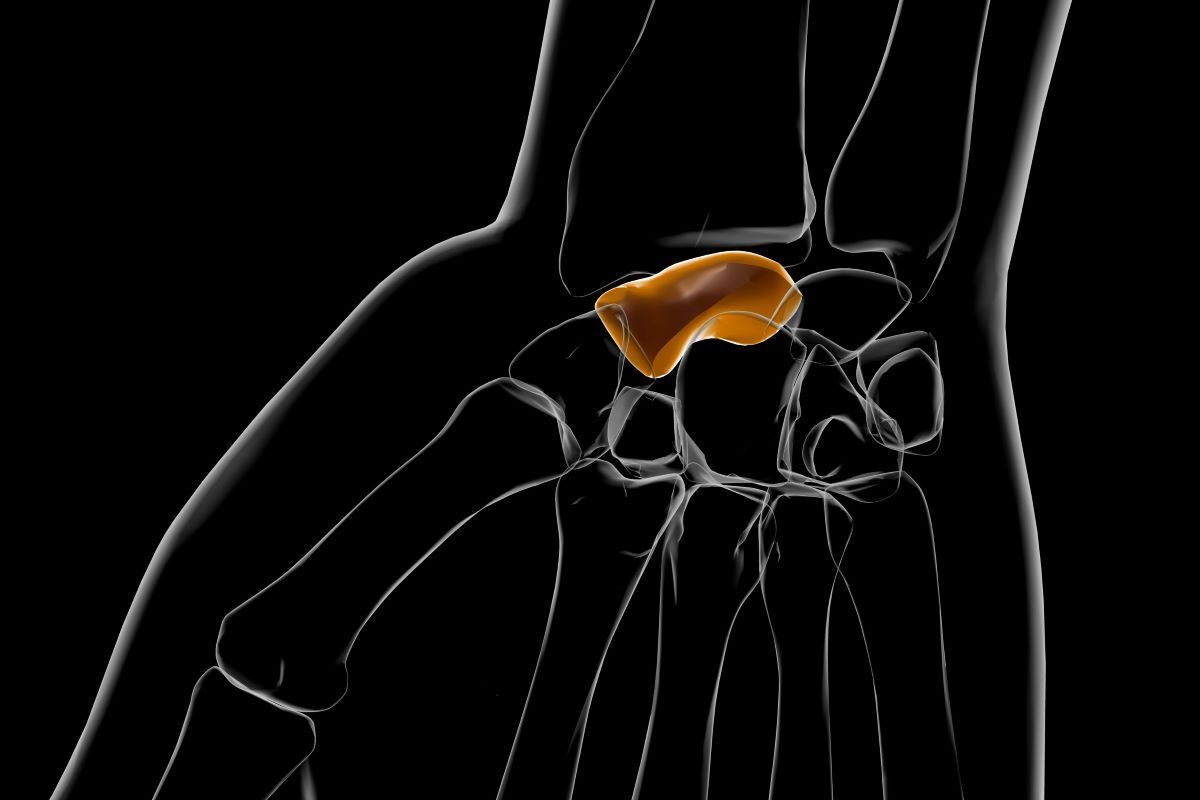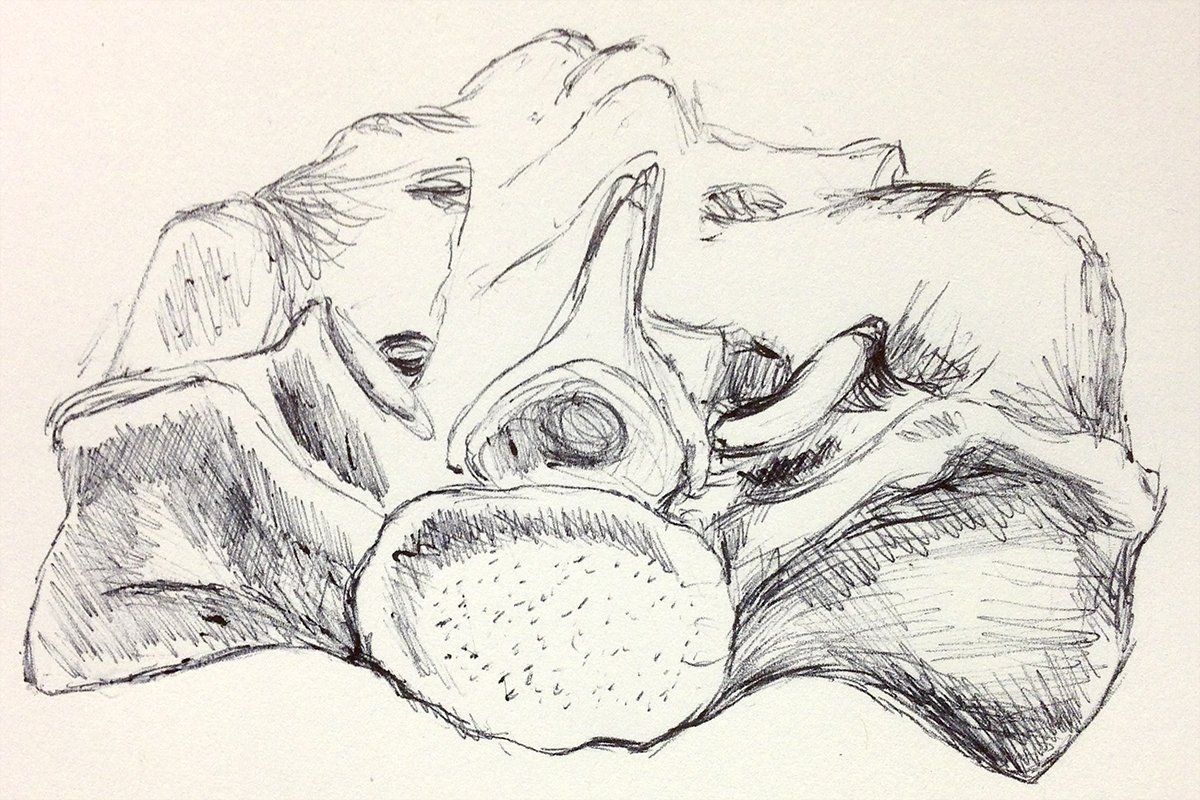12. The Real Scaphoid

A detour, before discussing phenomenological models of embodied communication in healthcare settings, via some further consideration of the boat-like bone, the scaphoid, and hermeneutic realism.
What is the real bone, really?
That identified by the palaeontologist, who demonstrates how scaphoids evolved through epochs, through species, to attain their current form, supporting dextrous opposability of thumbs doing the most important of human work.
Or the radiological scaphoid - to be considered for first-line MRI instead of X-Ray - according to the UK NICE Guidelines of 2016?
Or the scaphoid, which, fractured and undiagnosed, requiring surgery as a last-ditch attempt to save the bone from necrosis, hastens the end of the career of the professional basketball player or cellist?
At the hospital, the radiologist, the orderly, the theatre nurse, the surgeon, the registrar and the physio all see “the same” scaphoid, but the scaphoid (and its human housing) have very different realities - discloses itself differently - to each of these protagonists.
And it is not a question of perspective. It’s not that there is one scaphoid which at bottom stands for all scaphoids; it’s not that one version of the scaphoid takes epistemological priority over the others; the argument here is that the scaphoid only ever has its being by virtue of its context.
To the patient, the scaphoid might be the painful thing or the career-ending thing; to the radiologist, the harbourer of the occult line indicating a fracture (and all that entails), the challenge, whether to go for the MRI just-in-case (bearing in mind the cost implications, and the NICE guidelines); to the surgeon, the fiddly but routine job-task (the last of the day); to the physio who signs off the patient, another box ticked.
Dutch philosopher and ethnographer, Anne-Marie Mol, presents her ideas on realism in her ontological enquiry into the multiple realities of atherosclerosis in "the body multiple" (2002); reading her work, with its innovative structure, allowed me to grapple with a concrete example of hermeneutic realism. A scaphoid, the wrist in which it belongs, the person who owns it, their family . . . concentric domains in which the fact, the salience, the significance and the meaning of a fracture present themselves.
In my next post...
Re-routing from this detour, I will expand my thoughts on the intersubjective, embodied sense-making that occurs within a hermeneutic healthcare encounter.
You might also like...




